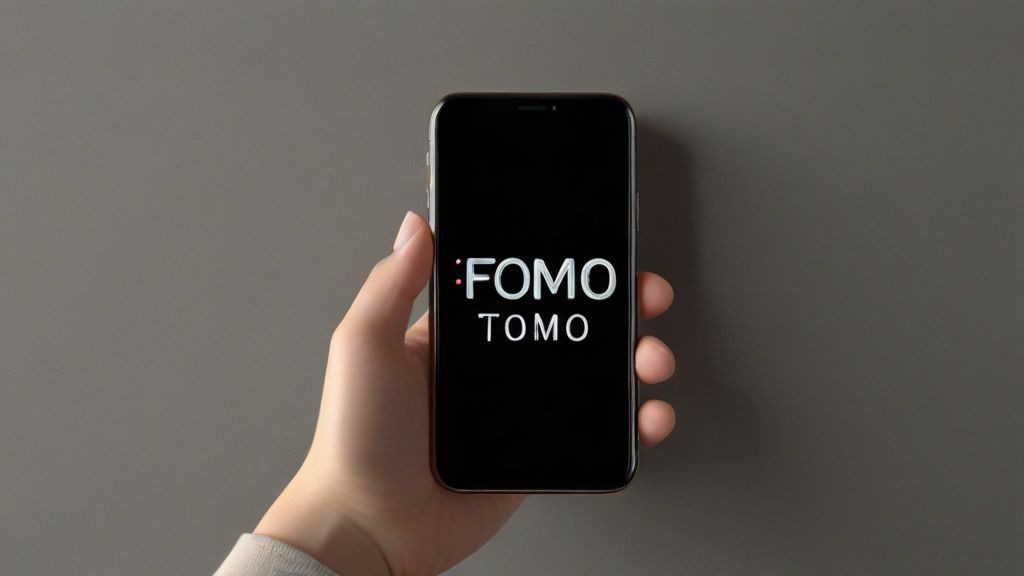
Remember the days of lengthy letters and sprawling encyclopedias? Buckle up, because in today’s world, short and sweet is the name of the game. Our attention spans are shrinking, and communication is adapting at lightning speed. Let’s dive into the fascinating world of “short” and how it’s become the new norm.
The SMS Spark: It all started with the humble SMS. Those tiny character limitations forced us to condense our messages, sparking a new era of abbreviation. “BRB” and “LOL” became ubiquitous, paving the way for a more concise way to connect.
Twitter’s Tight Tweets: The rise of Twitter, with its 280-character limit now, further cemented the importance of brevity. We learned to express ourselves in bite-sized bursts, crafting impactful messages within a tight constraint.
Millennial Shorthand: We can’t forget the language revolution brought on by millennials. From “TOMO” to “FOMO,” short forms became a way to communicate quickly and efficiently, reflecting the fast-paced nature of our times.
Shorts and Reels – A New Way to Consume Content: Even the way we consume information is shrinking. Short-form video platforms like YouTube Shorts, Instagram Reels and TikTok have exploded in popularity, offering bite-sized news snippets, educational clips, and endless entertainment, all condensed into minutes, or even seconds.
Pecha Kucha – 20×20 Presentations: The Japanese concept of Pecha Kucha presentations takes brevity to a whole new level. Presenters have just 20 seconds per slide, forcing them to focus on the core message and deliver impactful presentations in a short timeframe.
Let’s face it, our attention spans are shrinking. Studies suggest we have less focus than a goldfish! This shift demands shorter, more engaging content to capture and hold our interest. But is shorter always better? There’s no denying the power of brevity. It allows us to consume more information in less time, fosters efficiency, and can even boost creativity. However, it’s crucial to find a balance. Not every topic deserves a 20-second explanation. Imagine having to communicate a complex idea in just 20 seconds. It sounds impossible, but the challenge forces us to prioritize clarity and focus. Could we communicate more effectively in everyday life if we adopted a similar approach?
The world of “short” is ever-evolving. While brevity offers undeniable advantages, it is important to remember the value of depth in communication. The key lies in striking a balance, using short-form communication to our advantage while still allowing space for in-depth exploration when needed. So, the next time you craft a message, remember: short and sweet can be powerful, but sometimes, a little extra detail can go a long way.

